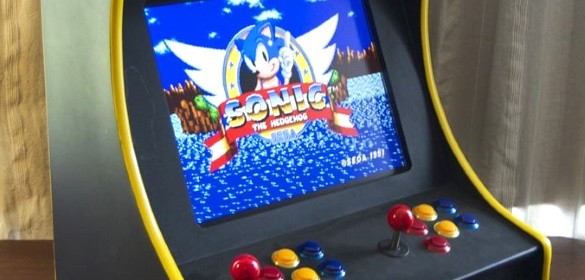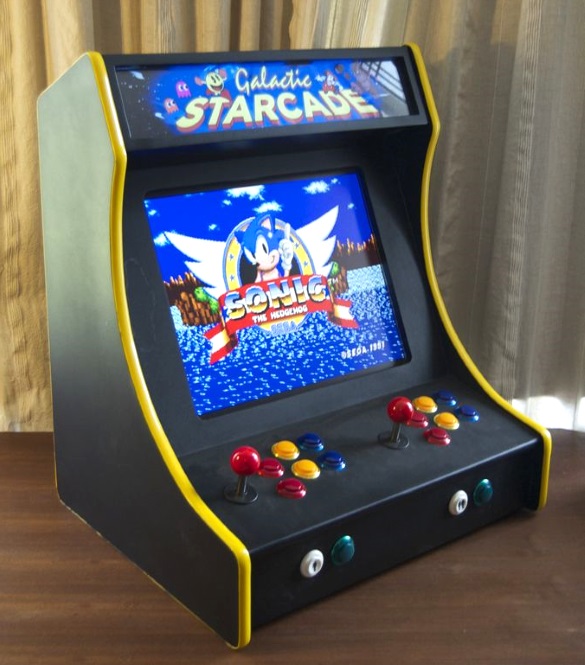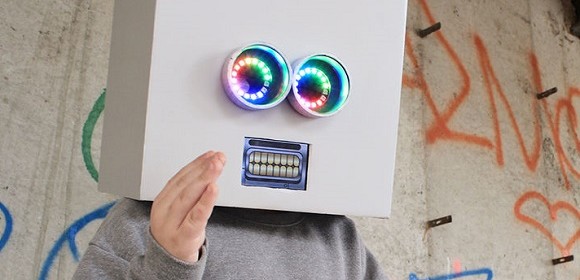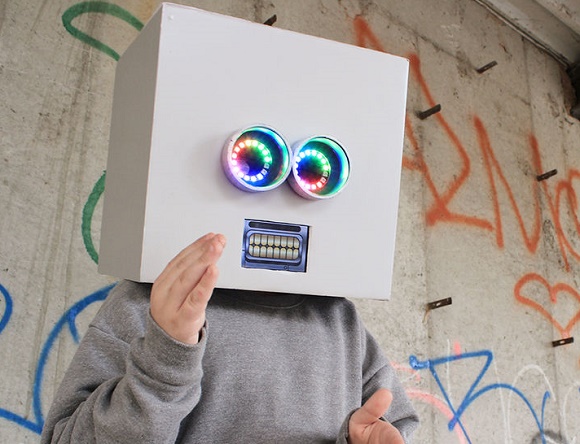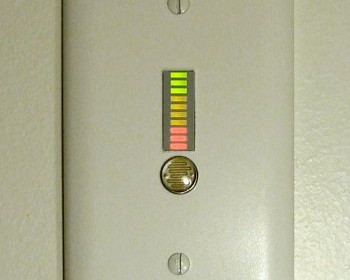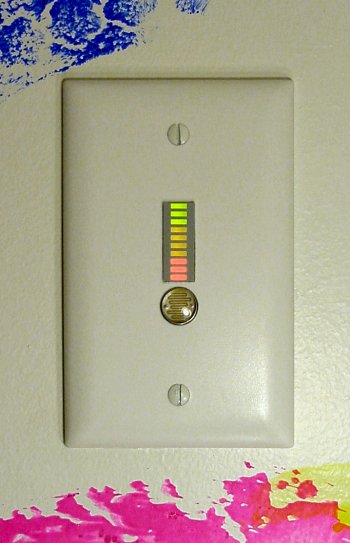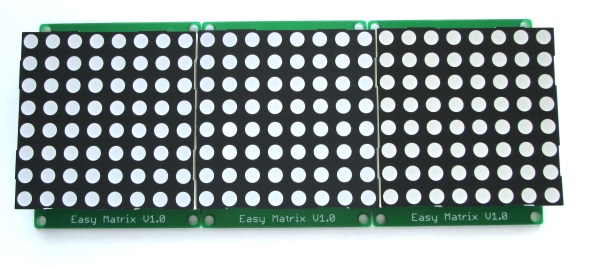We have seen Angelo making a homebrew USB condenser mic and piezoelectric power generator shoes before, both of which were kind of cool projects. Now he has come up with a remote motion sensing and triggering for a DSLR camera utilizing his favorite tool, Arduino. He proposed the applications of this project in wildlife photography, sports, and home security systems to take automatic photo shots when motion is sensed.
His project has two main units. The first one is a Motion Sensing Beacon, which is located at a remote area where the motion activities are to be monitored. It consists of a PIR motion sensor, Arduino, and a 433MHz RF transmitter module. When motion is detected, the Arduino informs the second unit, Remote Receiver and Controller, which consists of a 433MHz RF receiver, another Arduino, and camera trigger system. The camera is aimed at the same location that is being monitored for motion activities. When the Remote Receiver unit receives the go signal, it activates the camera to take multiple shots of the location.
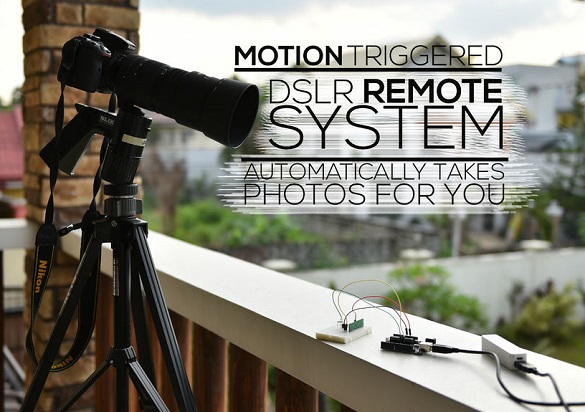
Remote motion sensing and camera triggering device
